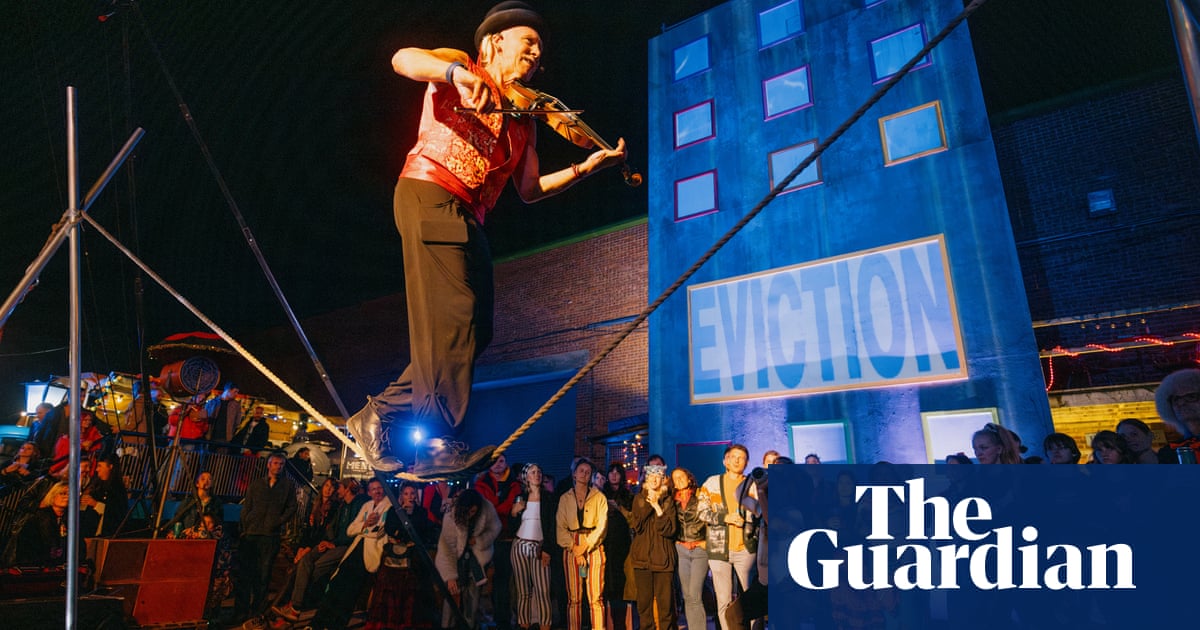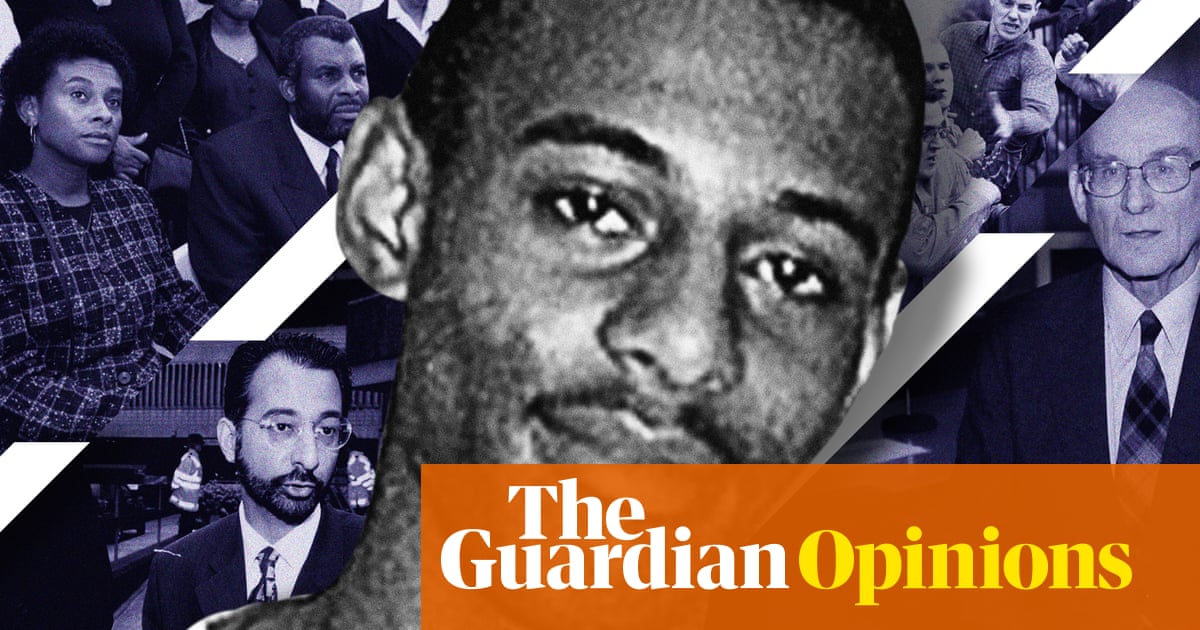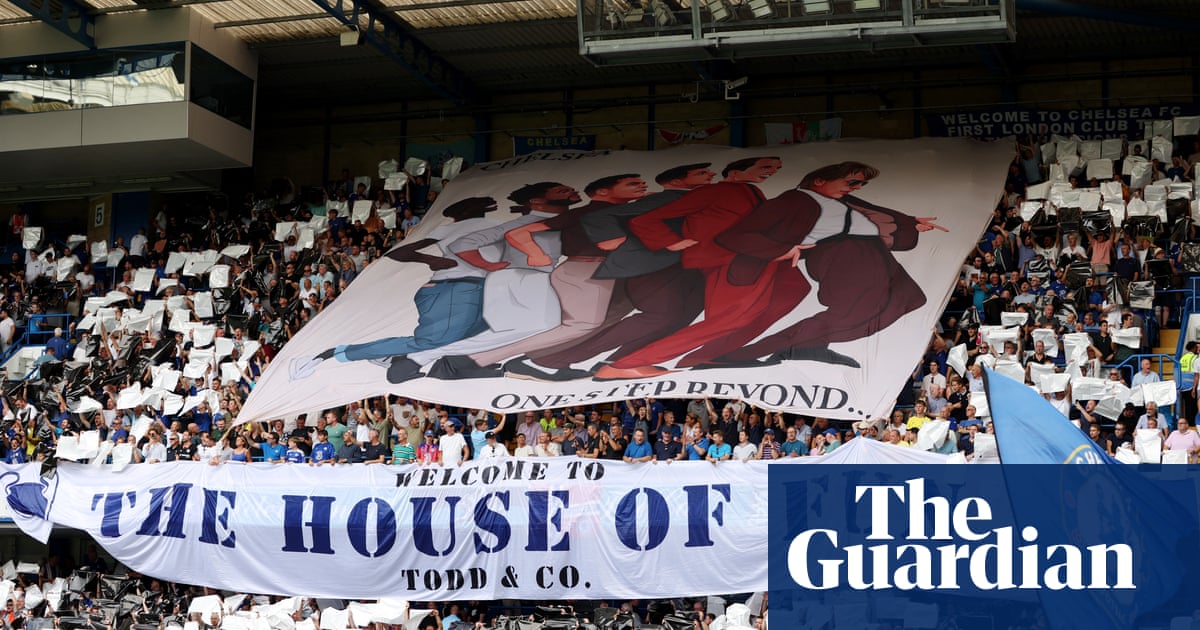
There were thrills and spills, laughter and cheers but it was all tinged with melancholy as a beloved underground arts institution staged its final performances at its city centre home this weekend.
The Invisible Circus, which settled in Bristol almost 20 years ago after a previous life touring the carnivals and fiestas of Europe, is being forced out because its base is to be redeveloped as student accommodation and fears it will not find another headquarters in the city.
Wim Penhaul, co-director of Invisible Circus, said they had no idea where they would go next. “We’re thinking about finding another space but we don’t know if it will be in Bristol, at least not in the city centre.
“I think it is an important moment for Bristol to look at how development is affecting its historically rich cultural sector with more and more independent cultural projects being forced out.”
“It’s emotional,” Doug Francisco, creative director and the circus ringmaster, said. “We’re flexible, we’ll carry on. That’s the nature of our company and our community.”
But the bigger picture, he says, is that cultural organisations are be driven out of city centres by gentrification. “Everyone talks about the value of culture but how does it find its space?”
The Invisible Circus began as a street performance troupe in the early 90s. Based in Spain and Portugal, it would travel through Europe in the summer and follow the sun to New Zealand, Australia and Thailand in the winter.
It arrived in the UK in 2000 with its first big group show at the infamous Lost Vagueness fields at the Glastonbury festival.
For the last 10 years it has been based at Unit 15 on an industrial estate in the St Philip’s area of Bristol at the back of a Calor Gas site. As well as putting on shows it has set up a world-renowned space for other circus performers to develop their skills and shows.
Its final show, Welcome to the Future, celebrates its glorious past and its uncertain future. There were trapeze artists, acrobats and clowns, with a dose of acerbic social commentary thrown in.
“For sale” signs are dotted around the site, the word “EVICTION” beamed on to a facade, and during the prelude to the main show fake security guards in hi-vis jackets act out closing down a tight rope walker’s act.
There is also a “cultural graveyard” that details other bases for Bristol alternative and independent arts organisations that have been squeezed out by developers, including Horfield police station and Cheltenham Road library.
Bristol has become one of the UK’s most popular cities to move to, partly because of its vibrant alternative cultural scene, with the street artist Banksy the poster boy of the movement. But it means neighbourhoods like Stokes Croft, Banksy’s spiritual home, are becoming gentrified. The city’s two universities are among the UK’s most popular and student accommodation is at a premium.
It was no surprise when the five-day run of Welcome to the Future, which ended on Sunday evening, sold out quickly.
“As a circus company, transience goes with the territory,” said Penhaul. “Ten years is the longest we’ve been based anywhere. The landscape has changed a lot in the last 10 years. There’s not a lot of space left and everything that is is earmarked for housing and development.
“People move to the city because of the accessible culture and the quality and quantity of it but the irony is that risks forcing the culture out.”












